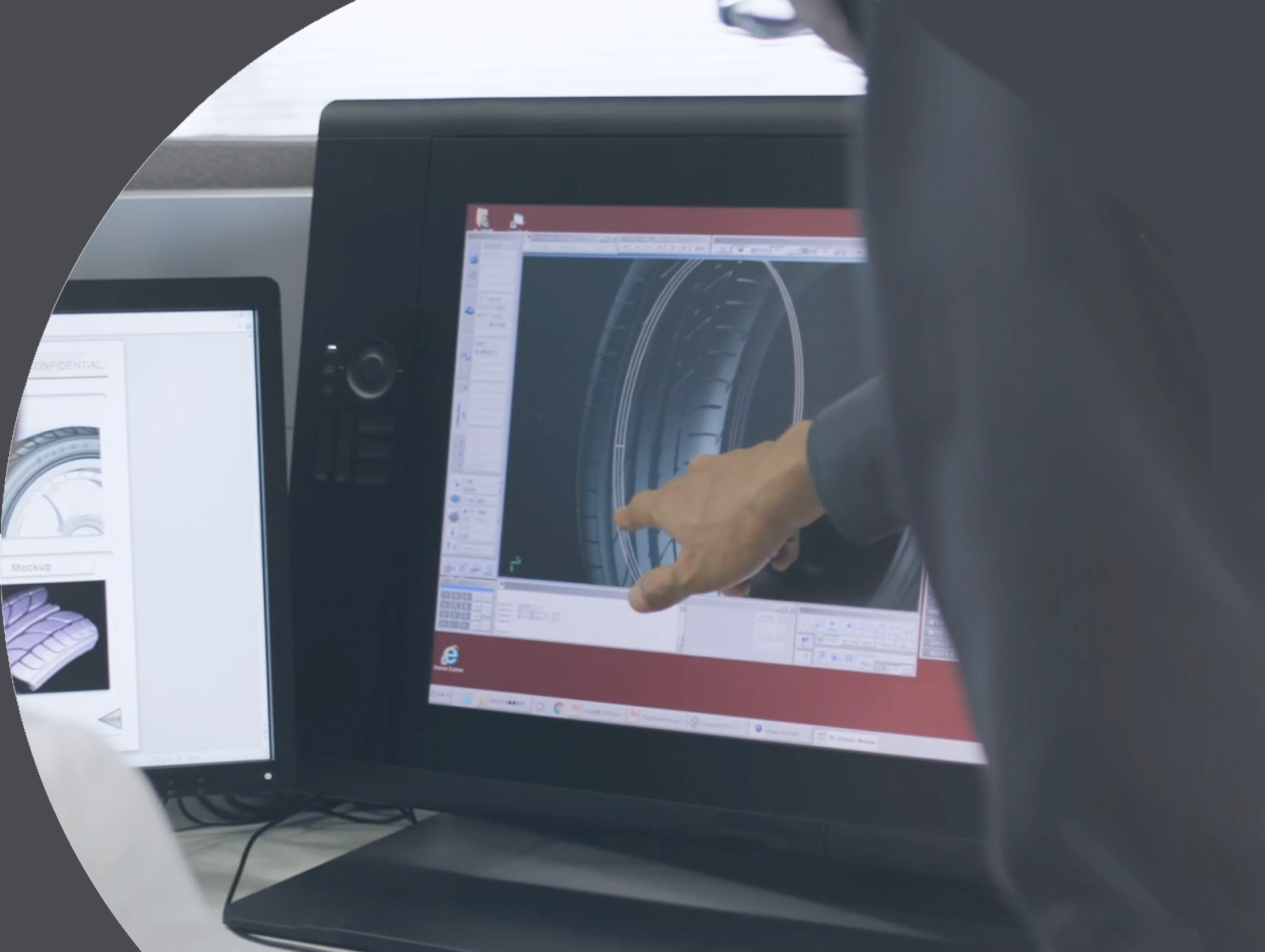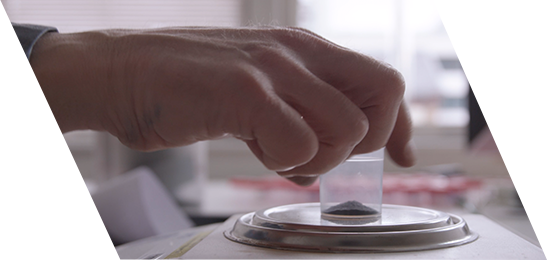We aim to understand the physical and
chemical
characteristics of TRWP and
any potential impacts that
TRWP may
have on human health and the
environment.
We have been supporting research into
TRWP since 2005.
The independent scientific
research that we support is
published in
peer-reviewed journals and we actively share
the findings of our research with other stakeholders.





The way tires grip the road
is critical for driving safety,
performance and comfort.